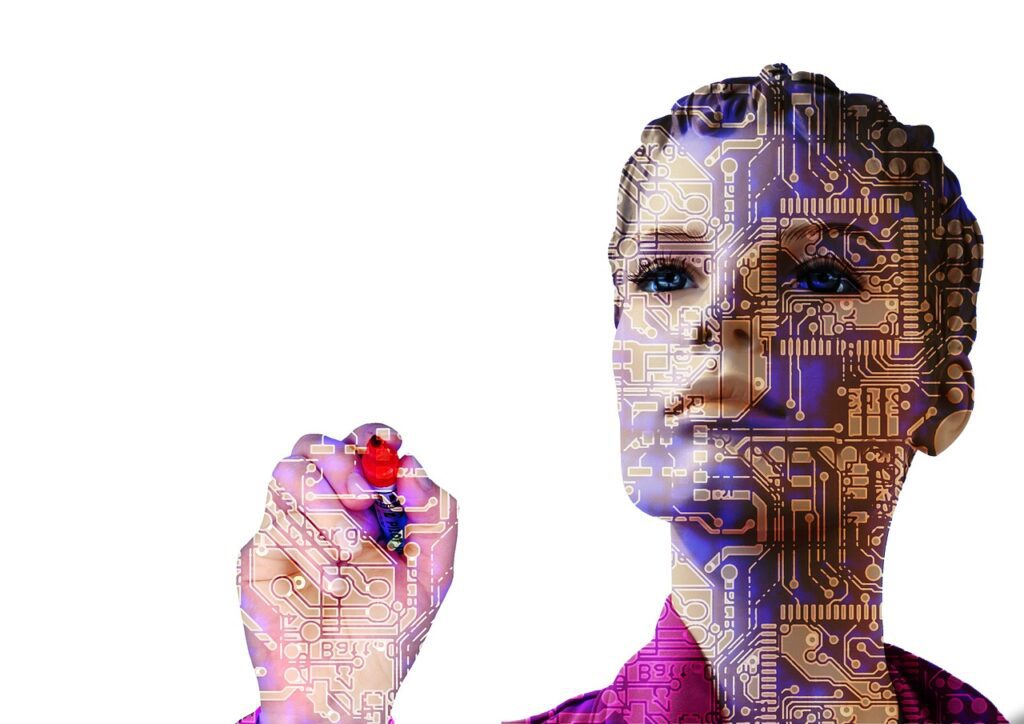AI in Product Discovery: 3 predictions to materialize by 2023
-
Bella Williams
- 10 min read

Artificial Intelligence (AI) and machine learning in product discovery are a major transition many product development professionals believe will become widely adopted for discovery and delivery in the upcoming year.
With AI’s powerful data capabilities transforming the operations and capabilities of many companies, the same is expected in the product world.
In 2022, we saw the widespread use and success of OpenAI’s ChatGPT which reiterated AI capabilities and applications to every industry.
In 2023, it is expected that every industry, with a focus on product discovery, will seek to leverage the potential of AI to unlock new capabilities.
Here are 3 AI predictions in product discovery that will become a reality sooner than you think.
- Automate customer research interview analysis
There are currently a lot of product discovery tools that help data scientists and UX researchers carry out customer research interview analysis and generate insights.
However, leveraging the power of AI, it is safe to say that this process will be fully automated by AI-powered tools and transform the product discovery process for product teams. One of such AI-powered product discovery tools is Insight7.
One major challenge of UX researchers is the amount of time spent on transcribing customer research interviews and then analyzing data from the interviews to generate valuable insights.
With the power of AI, 2023 will see the emergence of a fully automated customer research process, saving so much time and money.
AI will help product managers automate more of the low-level tasks and allow them to focus more on creative and strategic work.
- Increase in synthetic data in usability testing
Synthetic data – data artificially generated by a computer simulation – will generally grow exponentially in 2023.
In product discovery, synthetic data will be used increasingly especially in usability testing for products. This is because synthetic data offers a more cost-effective and efficient avenue to collect data for more intelligent AI.
Usability testing is a technique used in user-centered interaction to evaluate a product by testing it on users. It gives direct input on how real users use the product. Usability testing is necessary for the success of a viable end product. A functioning software that creates confusion among its users will not last, hence the need for usability testing. It measures the ease of use of a device while also focusing on measuring the product’s capacity to meet its intended purpose.
Usability testing is a way to see how easy it is to use something by testing it with real users. Users are asked to complete tasks while they are being observed by a researcher to see where potential problems may be encountered.
However, the mind blowing ability of Al to process data makes it a powerful asset for any form of usability testing as it also eliminates biased approaches in A/B testing. Another strength of AI over humans in usability testing is its ability to analyze thousands of different design variations while generating alternatives.
- AI replacing UX researchers
Well, about this point I guess we’ll all wait to see this play out.
It’s no news that Artificial Intelligence is taking the world by storm. AI-powered tools are now a part of our everyday lives and may be gradually edging humans out of their jobs as it allows us to deliver better results faster, more easily and with fewer resources. UX and qualitative research at large are no strangers to this technological revolution.
In recent years, many of the most time-consuming steps once performed manually are being optimized by AI, saving UX researchers countless hours of repetitive and somewhat boring tasks.
Based on their analysis of over 200,000 jobs in 29 countries, PwC estimates that up to 30% of jobs could be automated by the mid-2030s. However, the employment outlook for humans isn’t necessarily as bleak as it sounds. The World Economic Forum predicts that, while AI will take some jobs away from humans, it will also create 97 million new jobs by 2025.
AI isn’t a potential threat to the UX researcher’s livelihood. Rather, it can be a powerful tool that UX researchers can leverage to generate valuable insights to create top-notch user experiences. Even with these statistics, some people still opine that AI would be a threat to UX researchers’ jobs.
These are just a few of the pointers indicating a significant takeover by AI in product discovery this year.
Here’s a bonus point:
Rise of non tech folks building products with AI
Accessibility and ease of use of AI would birth many products built by non certified product teams. With AI such as the ChatGPT, individuals can just have an idea and ask the AI to develop it and even write codes. With minimal knowledge of product design and development, anybody can now build a product or at least, make an attempt to do so.
Would it be a valuable or useful product?
In my opinion, highly unlikely.
However, get ready to witness an AI takeover in product development this year as many experiments would be done. We’ll keep tabs on the trends through the year and watch these predictions play out.







